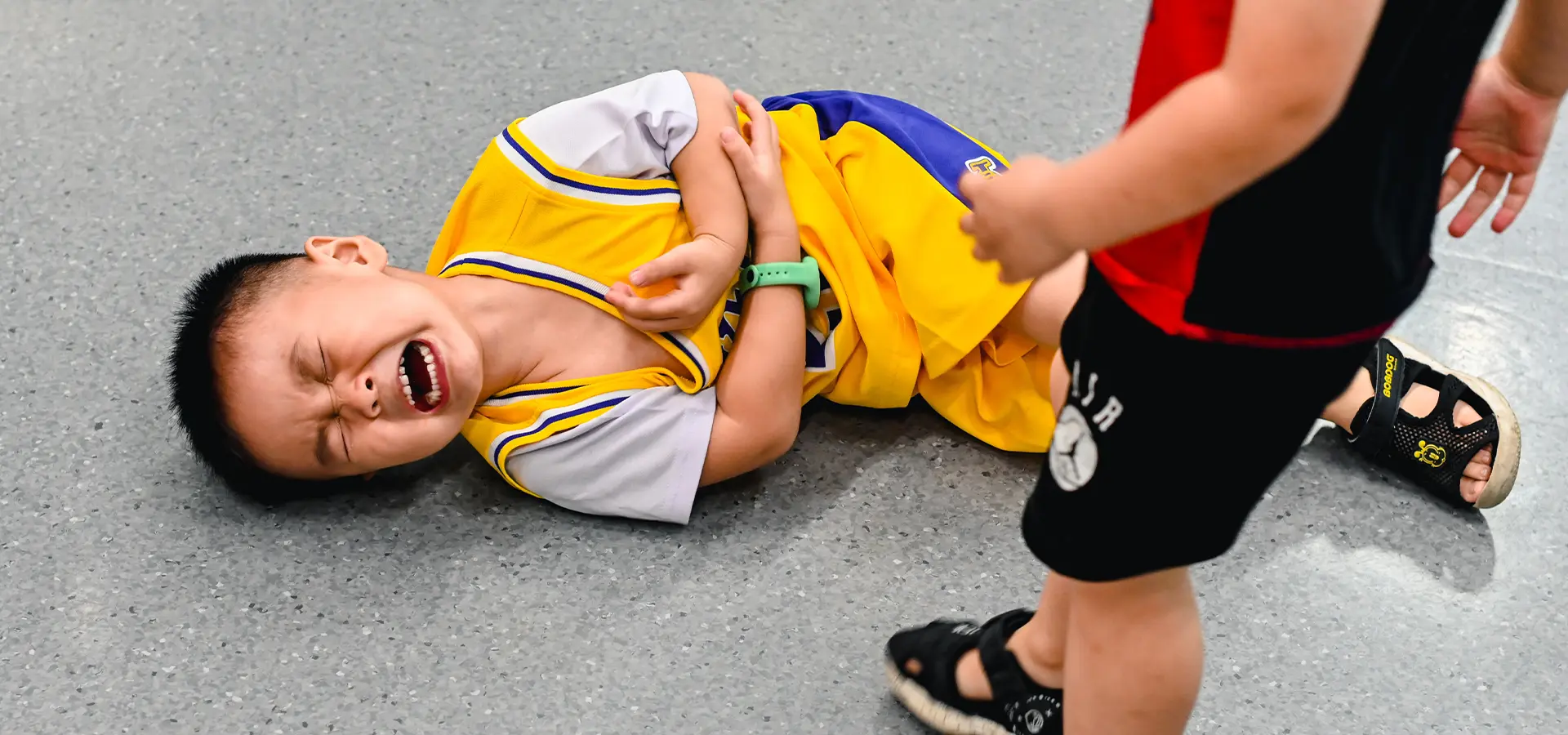Integrating Mind-Body Techniques in Physical Therapy for Pain Relief: An Expanded Perspective
Introduction
Chronic pain management is witnessing a paradigm shift towards holistic approaches, emphasizing the integration of mind-body techniques with traditional physical therapy. This approach offers a comprehensive path to pain relief, addressing both the physical and psychological aspects of chronic pain.
Evolving Evidence from Recent Studies
Reflecting on studies by Robinson et al. (2019) and Şahin et al. (2017), the synergy between physical therapy and mind-body practices, such as mindfulness and yoga, has shown promising outcomes in pain management. These studies underline the multifaceted benefits of a combined approach, suggesting improvements in pain, quality of life, physical function, and mental well-being.
HolistiCare’s Unique Integration
HolistiCare Physical Therapy has adeptly incorporated these insights, blending mind-body techniques with their physical therapy sessions. By integrating practices like mindfulness and yoga, HolistiCare aligns with modern pain management’s evolving landscape, focusing on reducing dependency on medication and surgery.
Deep Dive into Mind-Body Techniques
Mindfulness, a practice of being present in the moment, and yoga, a series of postures and breathing exercises, stand out as powerful tools for managing chronic pain. Mindfulness meditation has been linked to reduced pain perception, stress, and anxiety, which are often exacerbated by chronic pain conditions. Yoga, on the other hand, not only enhances physical flexibility and strength but also promotes mental relaxation and stress relief.
Case Studies and Testimonials
Real-life success stories from patients who have benefited from these integrated therapies can provide compelling evidence of their effectiveness. For instance, patients reporting significant pain relief and improved mobility after a 12-week program combining yoga with standard physical therapy could highlight the practical benefits of this approach.
Mechanisms of Action
The psychological and neurobiological mechanisms underlying mind-body practices are fascinating. Mindfulness meditation is believed to alter pain perception by modulating brain regions associated with attention and emotion regulation. Similarly, yoga’s physical postures may stimulate the parasympathetic nervous system, reducing the body’s stress response, which can alleviate pain sensations.
Training and Implementation Challenges
Incorporating mind-body practices into physical therapy poses unique challenges, including the need for specialized training for therapists and the development of tailored programs that address individual patient needs. Despite these challenges, the potential benefits for patient outcomes encourage ongoing investment in training and program development.
Future Research Directions
Ongoing and future studies are crucial for validating the effectiveness of integrating mind-body practices in physical therapy. Research focusing on specific conditions, such as chronic low back pain or fibromyalgia, and comparing different combinations of mind-body techniques, could provide deeper insights into optimizing pain management strategies.
Conclusion
The integration of mind-body techniques into physical therapy represents a promising frontier in the management of chronic pain. As research continues to evolve, practices like HolistiCare’s innovative approach could become standard in providing patients with a comprehensive, holistic path to pain relief and improved quality of life.
References:
1. Robinson, A., et al. (2019). The effectiveness of physiotherapy interventions on pain and quality of life in adults with persistent post-surgical pain compared to usual care. PloS one, 14(12), e0226227. https://pubmed.ncbi.nlm.nih.gov/31834898/
2. Şahin, N., et al. (2017). Effectiveness of physical therapy and exercise on pain and functional status in patients with chronic low back pain: a randomized-controlled trial. Turkish journal of physical medicine and rehabilitation, 64(1), 52–58. https://www.ncbi.nlm.nih.gov/pmc/articles/PMC6709610/


